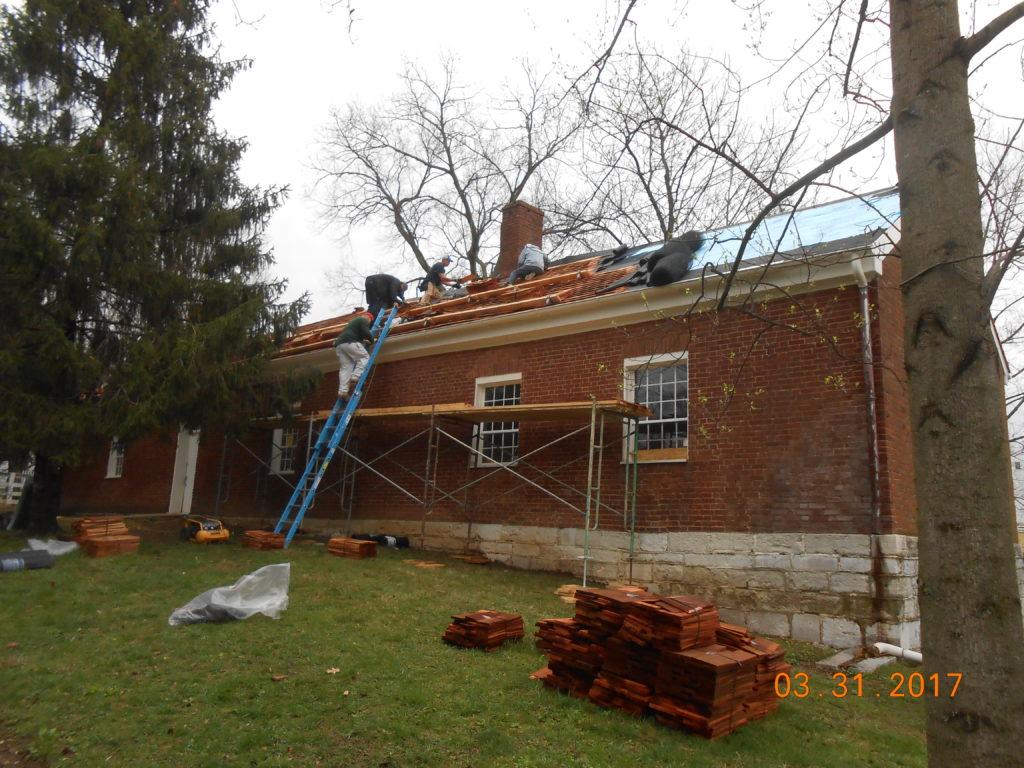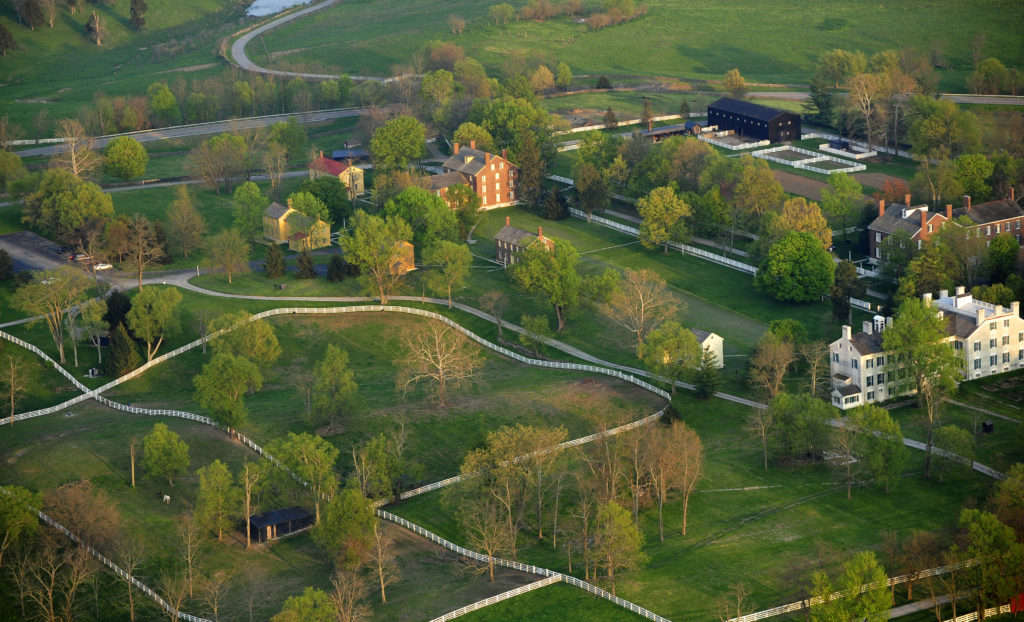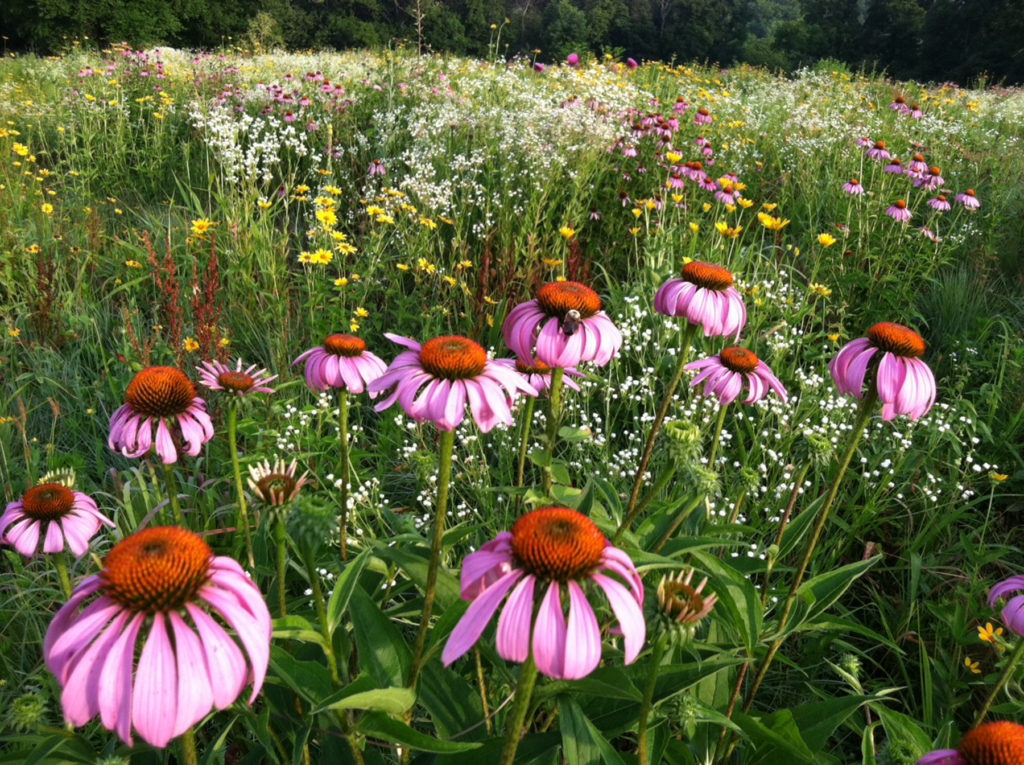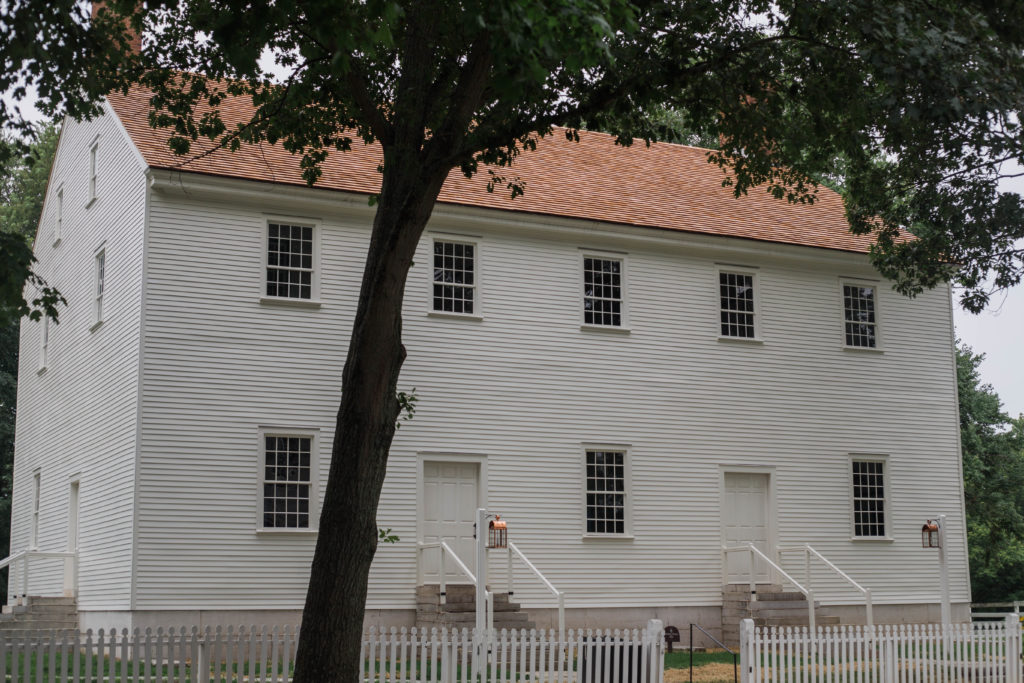Melissa Donahoo, Development Coordinator
Celebrating Success: Phase 1 of The Campaign for Shaker Village
In late 2014, the Board of Trustees launched an ambitious $25 million campaign to raise much needed funds for preservation, education and conservation for our unique cultural treasure, Shaker Village of Pleasant Hill. To date, the Village has raised $13.8 million and completed over $6.1 million preservation projects, including the iconic 1824-34 Centre Family Dwelling, the 1820 Meeting House and the new Welcome Center in the 1815 Carpenters’ Shop! Funding for these projects was provided in part by the Lilly Endowment, Inc., the James Graham Brown Foundation and by many private individuals.
As an additional part of The Campaign for Shaker Village, a new donor-restricted endowment has been established, based on a generous challenge grant from an anonymous donor. This $2 million grant was matched by $4 million in contributions raised by the Board of Trustees prior to December 31, 2017. This ambitious effort has resulted in over $6.2 million, substantially increasing Shaker Village’s total endowment and providing greater long-term financial security for Shaker Village.
Continuing Our Investment: Phase 2 of The Campaign for Shaker Village
Projects in progress or completed in 2019 include the 1833 Water House, the 1860 Bath House, the 1821 Ministry’s Workshop and the 1811 Old Stone Shop. It’s exciting to see preservation at work around the Village and know that with each new rooftop installed and window preserved, we are ensuring the site’s future for many generations to come!

In October of this year, we secured a multi-year gift of $750,000 from an anonymous donor toward the preservation of the 1817 East Family Dwelling. If you’ve visited recently, you may have noticed that preservation work has begun as we work to restore the windows in this building. A new rooftop, masonry work and more will be completed over the next few years without interrupting the function of the building. We have $250,000 remaining to raise to complete the fundraising for this project.
There is still much work to do!
We are pursuing several additional major gift opportunities for programming needs, a site-wide master plan, specific restoration projects and the endowment. Please join us in making a tax-deductible gift to support Shaker Village and its mission to inspire generations through discovery by sharing the legacy of the Kentucky Shakers!
You can make a donation right now or contact the Development Office at 859.735.1545 to find out more.


















